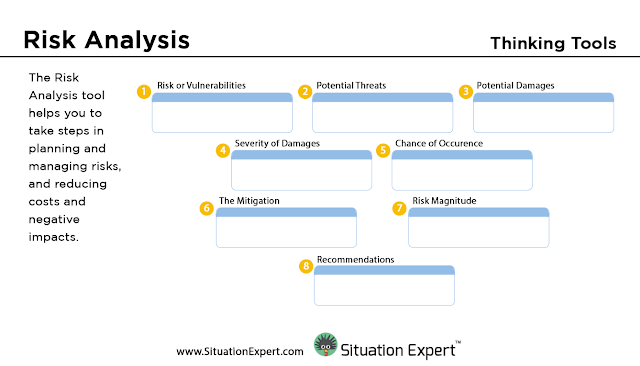Mention the words “Attend the compliance training” to your workers and you can literally see the feeling of dread in their faces. Most employees, if not all, do not care about it. Compliance training has earned itself a reputation from people at work for being dull, boring, and time-wasters. It is an all-too-familiar reality for trainers, instructional designers, and leaders. Organizations invest time, effort, and resources for compliance not just because it is a legal and mandatory requirement. Moreso, it is a safety net from issues like safety, risks, liabilities, etc. Despite the invested effort, effectiveness and positive results are not always guaranteed. Work impacts simply cannot come from unengaged employees. There has to be a way to bring engagement and results from compliance training.
Moving towards worker empowerment
How do you create compliance training that goes beyond lecturing workers about standard procedures, rules, and regulations? That instead of telling them what to do, you provide them with the tools and latitude that allow them to discover and think through work issues and problems on their own?
I have been a training consultant for a long time. I know how hard it is to veer away from learning strategies and methods we have developed over the years. It is especially hard to let go of our tried and tested methods. But the problem begins when it limits our views and ways of doing things. We need to keep up with providing training that meets the evolving demands and trends of today’s workers and organizations.
Reinventing by improvisation
In actual work scenarios, how much of your training do you think workers rely on to help them resolve and figure out answers? I’m guessing that most of them would seek their co-workers’ inputs, or they do workarounds or improvise. People find looking at their own and others’ previous experiences, as well as collaborating with them to resolve an issue as a quicker and more reliable problem-solving approach than standard policies and regulations.
So when reinventing compliance training, we do not limit it to materials and content. We essentially change the way compliance training works. We shift our roles as trainers from sole providers of knowledge to facilitators of the workers’ learning discoveries and thinking processes. When we are able to successfully lay the groundwork for them, working their way through compliance issues is going to be faster, easier, and will yield better results and impacts.
Improvisation Method
The improvisation method utilizes exercises based on the Thinking Tools. One of these tools is referred to as Risk Analysis. It is used to help workers take careful steps in planning and managing risks and reducing costs and negative impacts.
Here are some of the other improvisation tools you can use as well.
The What-Ifs Scenario
The Troubleshooting Tool
Keep in mind these key considerations for a successful implementation of reinventing your compliance training:
- Careful analysis of your compliance courses to find the best ROI areas to reinvent.
- Selecting the most suitable work-application strategy and method.
- Application of the improvisation method for virtual delivery, social and collaborative learning, coaching, eLearning, and workflow learning.
Rethink. Improvise. Reinvent. If changing things up can help boost your workers’ engagement and scale their thinking capacities to achieve positive impacts for themselves and the organizations they work for, that wouldn’t be so bad, would it?
Ray Jimenez, PhD
Vignettes Learning
"Helping Learners Learn Their Way"
Vignettes Learning
"Helping Learners Learn Their Way"





No comments:
Post a Comment
Welcome! Sharing your comments is very valuable learning experience for me and others. Thanks!